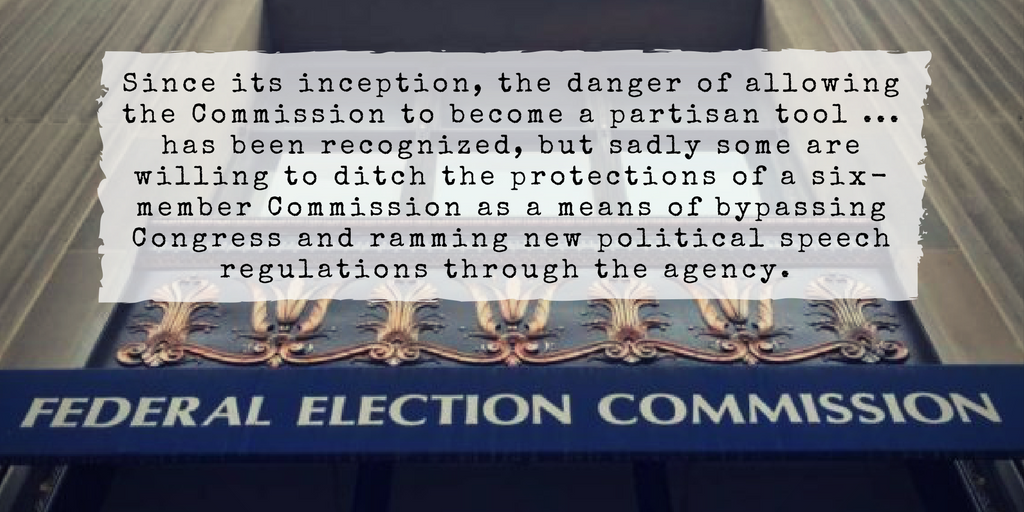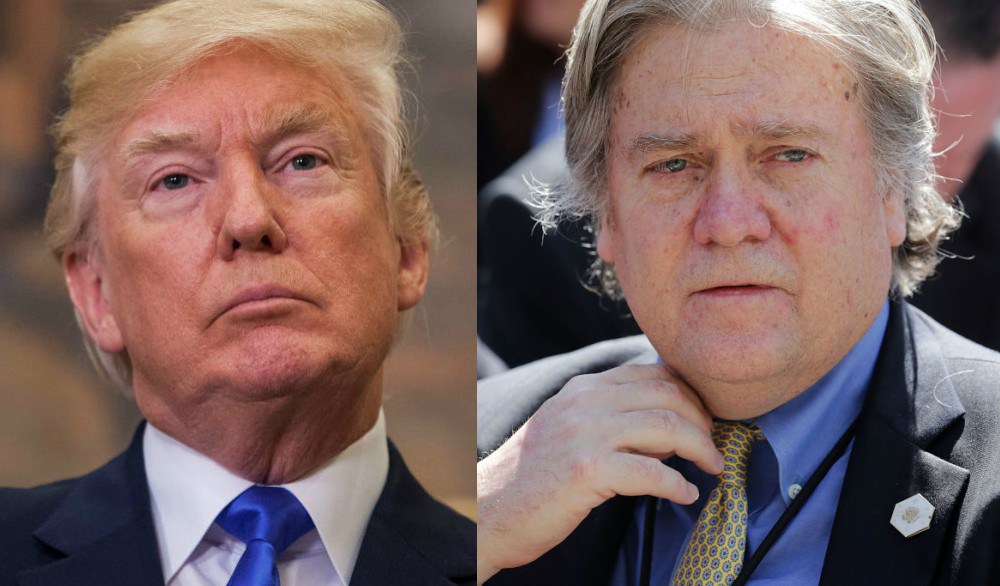President Bush will have a tough time appearing in endorsement ads for other candidates this fall under a ruling announced last Thursday by the Federal Election Commission.
The ruling came in response to a joint request made by the Bush campaign and Alice Forgy Kerr, a candidate facing election this month in the sixth congressional district of Kentucky. Though she is in a competitive contest, the FEC ruled that Kerr’s media strategy for her own election is actually designed to funnel in-kind contributions to the Bush campaign, even as the President is running unopposed in Kentucky’s May primary.
The FEC ruled that Bush’s appearance in any endorsement ads for Kerr that were approved by Bush’s campaign for accuracy, quality and content would make the Bush campaign “materially involved” in Kerr’s ads. Because the ads were to be paid for by Kerr’s campaign committee and would have run within 120 days of an election affecting both candidates, the ads would have constituted “coordinated communications” and therefore in-kind contributions from Kerr’s committee to the Bush campaign. To avoid these impermissible contributions, the Bush campaign would have to forego such endorsement ads or share the cost.
Uninitiated partisans may rejoice that the ruling will render President Bush less able to appear in spots with down-ticket candidates in the Rose Garden, or against the backdrop of the White House colonnade; spots that helped give Senate Republicans the majority in 2002. But Democrat party lawyer Robert F. Bauer understands that the ruling is stunningly flawed because it “creates the assumption somehow that a candidate appearing in another candidate’s ad is a regulatory issue.”
The ruling reaches far beyond President Bush, and far beyond television ads. It will affect federal candidates of every party and communications of every kind. Financial considerations, not political simpatico, will now drive the decisions of House members wanting to endorse a promising Senate candidate in the home state, or Senate candidates that want to endorse House members. Presidential candidates hoping to help other candidates will have to weigh not just logistics and political affinity, but much tougher questions of where to spend scarce campaign dollars. Low level candidates hoping to embrace their standard bearer will anger him instead, as compliance forces them to use old photos and grainy footage shot at a distance, without cooperation. In time, candidates will say to their colleagues: “Please don’t tell us your ideas, we can’t afford to hear them.” And the ruling will mark yet another fissure in the foundation of America’s political system.
Ironically, the McCain-Feingold amendments to federal campaign law do not require this sea change in the FEC’s treatment of endorsement ads, though “reform” advocates like the Center for Responsive Politics’ Lawrence Noble are crediting the new law for the ruling. Despite its broad sweep, McCain-Feingold says nothing about regulating appearances of one federal candidate in advertisements paid for by another. While McCain-Feingold did order the Commission to write new regulations for coordinated communications, it specifically did not ask the FEC to reverse course and include communications paid for by federal candidates or their campaign committees.
But the new law does deserve some of the blame. McCain-Feingold ordered the FEC to write regulations for all provisions within nine months. To meet its deadline the FEC drafted, reviewed, debated and voted over one thousand pages of regulations, often holding public hearings late into the evening. In the crush that was the process, an unfortunate word (“that”) was added to the rules on coordinated communications. The final rules contain the error and state that payments made by any entity other than “that” federal candidate’s campaign committee meet the first requirement of a prohibited communication. Last Thursday the FEC followed its flawed regulation without regard to context, and reversed twenty years of sound public policy. Because the Bush committee was viewed by the FEC as “that” committee, Kerr’s committee was seen as just another entity, and not as a federal campaign committee exempt from laws prohibiting payments for coordinated communications.
The FEC’s ruling is the latest in a legal trend that is robbing politics of its synergy. Devotees of the trend see most any measure designed to prevent the circumvention of contribution limits as no less legitimate a tool in the fight against corruption than the limits themselves. The Supreme Court upheld much of McCain-Feingold on just such a theory, and had previously upheld limits on political party spending in cooperation with its own candidates. The Court was persuaded that without such limits individuals would focus legal contributions on the political parties in a way officeholders would notice; a kind of corruption of elected officials by outside forces.
But the Courts have never recognized any corruption of elected officials by inside forces, that is, between candidates of the same party, and circumvention is not a concern for federal campaign committees. Each campaign dollar begins as a contribution from some individual, who, in turn, is limited in the aggregate amount he or she may give to all political organizations. Campaign accounts are limited in the ways they may spend funds, and new limits on loan repayments lessen the already unlikely prospect that a wealthy candidate will pour money into his campaign only to help the campaign of another.
Anti-circumvention measures isolate political actors and, when taken too far, make them fearful to seek or offer support of any kind. As more such measures are enacted the purpose of preventing corruption gets lost, and even election commissioners begin to see the law’s purpose as wringing campaigns of assistance of every kind. But even after McCain-Feingold, campaign finance law is still about preventing corruption, and not about effecting egalitarianism through measures that outlaw the assistance of colleagues or stifle political synergy.
McCain-Feingold was sold as a way to keep moneyed interests from influencing lawmaking; a way to reinvigorate the deliberative processes of Congress and purify negotiations between opposite ends of Pennsylvania Avenue. We were told that keeping special interests and their campaign contributions away from the halls of Congress would allow space for the natural give and take that occurs between elected officials, and would produce the kind of common sense legislation the nation was craving. Whether it knows it or not, however, the FEC has inserted itself into the very process it was supposed to guard, and has extended its search for corruption to the House floor, the well of the Senate, and the White House West Wing. The FEC has for the first time decided that congressional leaders can corrupt their backbenchers by giving endorsements. And backbenchers seeking reelection can corrupt their President by advertising his endorsement close to an election. We were promised that McCain-Feingold would free elected officials from outside influence so that they could work together. The FEC just required that they work apart.














